The new Hasselblad CFV-50c CMOS Digital Back.
The new CFV-50c from Hasselblad. A 50 MP CMOS digital back with ISO up to 6400 for the iconic V system. Hasselblad is promising amazing IQ and colors in any light, which is unheard of when it comes to Medium Format as they have always been very limited in this area. While not cheap, the new CFV-50c is not nearly as expensive as I expected it to be, coming in at $14,900 US. Now yes, that is insanely expensive but I expected Hasselblad to come in with this at $25,000. With their Stellar and Lunar Sony bodies coming in at such insane prices, the thought of a full on Hasselblad NEW CMOS 50MP digital back for such an Iconic camera line had me thinking $25-$35k. So $15k, that is about the cost of a Leica M and a 1-2 lenses. 😉 Add in a used V series camera setup with lens and you will have a classic, iconic and gorgeous modern day masterpiece. Old with the new. Modern meets classic. I love it. So who makes this sensor? Well, the one company who keeps pushing the limits..SONY. There are even rumors that Sony will be releasing a Medium Format fixed lens MIRRORLESS camera soon. 😉
You know, there was a time when Hasselblad stood for many things including quality, precision, build, design, soul, magic and originality. Their classic V series of medium format film cameras have always been the gold standard for MF shooting. I have lusted over a 501CM camera for many years, and have only shot with one for one day of my life. It was a very nice experience. The negatives that came back from that camera were gorgeous as there really is nothing quite like a medium format negative. Rich, full of texture, full of soul and life. Using the camera was an exercise in slow, steady and using my brain. Looking through the finder was a very cool experience that felt natural to me.
Sadly, over the years the Hasselblad system started to fade as digital came into play and soon, many of these classic systems started to appear on e-bay for peanuts. Many dropped the system as they no longer used film. Some tried out the digital back that was released a while back, the CFV 50 (minus the C) with good results, but it was limited to ISO 800 and CCD.
This week, Hasselblad has launched the new CMOS digital back for the V system…
Lately it seems Hasselblad has been focusing their energy and time on silliness such as the Lunar and Stellar cameras, which are rebranded high prices Sony bodies that are now out of date. Many have lost faith in the once mighty Hasselblad, writing them off as a company who would soon be history, or become a spoof of its once former self. Now it seems they are giving something back to all of those who own and use the classic V system. Well, not GIVING, but making it available…at a price.
YEP, this week Hasselblad has announced the CFV-50, which is a new digital medium format back that can be used on all classic V system cameras. Yes, that 501 you have in your closet? You can now add a state of the art digital back to it and use it once again, just as you did in the glory days of film. 🙂 OMG, I so want one. In fact, I would love to have the system just as shown below. This is a new CMOS sensor guys, so much more usable than the CCD sensors in previous digital backs.
The stock image of the new CFV-50 on a 501CM. What a combo!!
Unfortunately for me, I do not have a spare $20k or so lying around to create something like that but maybe..one day. For me, something like what you see above is sort of a “Holy Grail” setup. Modern Medium Format Digital connected to the most gorgeous and classic medium format FILM camera ever made. It is a thing of beauty and while not a camera for daily use, it would be one for SPECIAL use. I can not wait to see examples that come from this beauty. Hasselblad will NOT be recreating the camera body of course , so you must have a classic V model to use the back. I think this may just drive up prices on the used market for them. You can see a list of compatible models HERE.
From Hasselblad CEO Ian Rawcliffeon the new CFV-50 Back:
“We have experienced a substantial resurgence of interest in our iconic V cameras – users love the traditional ergonomics and the unique appearance. Our research has shown that although we no longer manufacture V models, there is a big demand from our dedicated V System users who want to be able to continue to use their classic cameras but also desire access to our latest technology.”
Research:
See more at the Hasselblad site HERE. Compatibility page is HERE and Planet V page is HERE.
–
Tech Specs:
Sensor type: CMOS
Sensor size: 50 Mpixels (8272 x 6200 pixels)
Sensor dimensions: 43.8 x 32.9 mm
Image size: RAW 3FR capture 65 MB on average. Tiff 8 bit 154 MB
Capture rate: 1.5 capture/sec. 35 captures/ minute (based on a SanDisk Extreme UDMA7 120 MB/s)
Single shot
16 bit colour
ISO 100, 200, 400, 800, 1600, 3200 & 6400
Longest shutter speed: 12 minutes
Image storage: CF card type II (write speed >20 MB/sec) or tethered to Mac or PC
Color management: Hasselblad Natural Colour Solution – One generic profile
Storage capacity: On average 60 images on a 4GB CF card
Battery type: Sony™ InfoLithium L NP-F series
Colour display: 3.0 inch TFT type, 24 bit colour
Histogram feedback: Yes
IR filter: Mounted on sensor
Feedback: IAA – Instant Approval Architecture: provides acoustic and visual feedback
File format: Lossless compressed Hasselblad 3F RAW
Software: Phocus for Mac and PC (included)
3FR files are also supported directly in Apple and Adobe environments
Macintosh: OSX version 10.5 or later. PC: Windows XP, Vista, Windows 7 (32 and 64 bit), Windows 8
Camera support: Hasselblad V System cameras manufactured since 1957. 2000 series cameras and 201F with C lenses only. 202FA / 203FE and 205FCC camera models need a minor camera modification to use F/FE lenses. All other cameras with Hasselblad V interface.
Host connection type: FireWire 800 (IEEE1394b)
Battery capacity: Sony™ InfoLithium L, up to 8 hours of shooting capacity
Operating temperature: 0 – 45 °C / 32 – 113 °F
Dimensions: 90 x 92 x 57 mm [W x H x D]
Weight: 530 g (Excluding battery and CF card)
Package contents: Hasselblad CFV digital back with protective cover, adapter cables, rechargeable battery with charger, EL camera battery adapter, FireWire cable and 8 GB CF card. Focusing Screen (Split image / Micro Prism) with dual format markings.

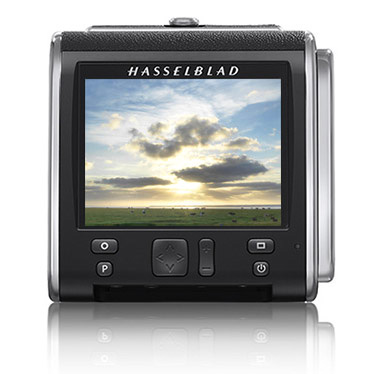
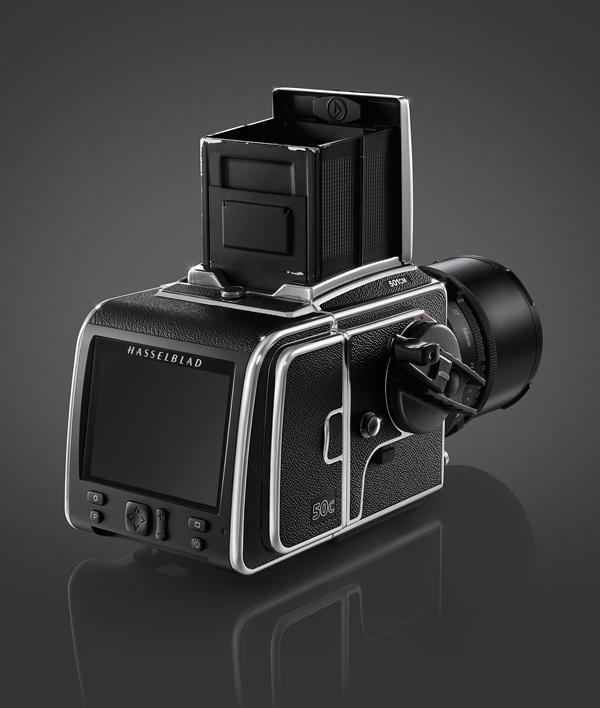
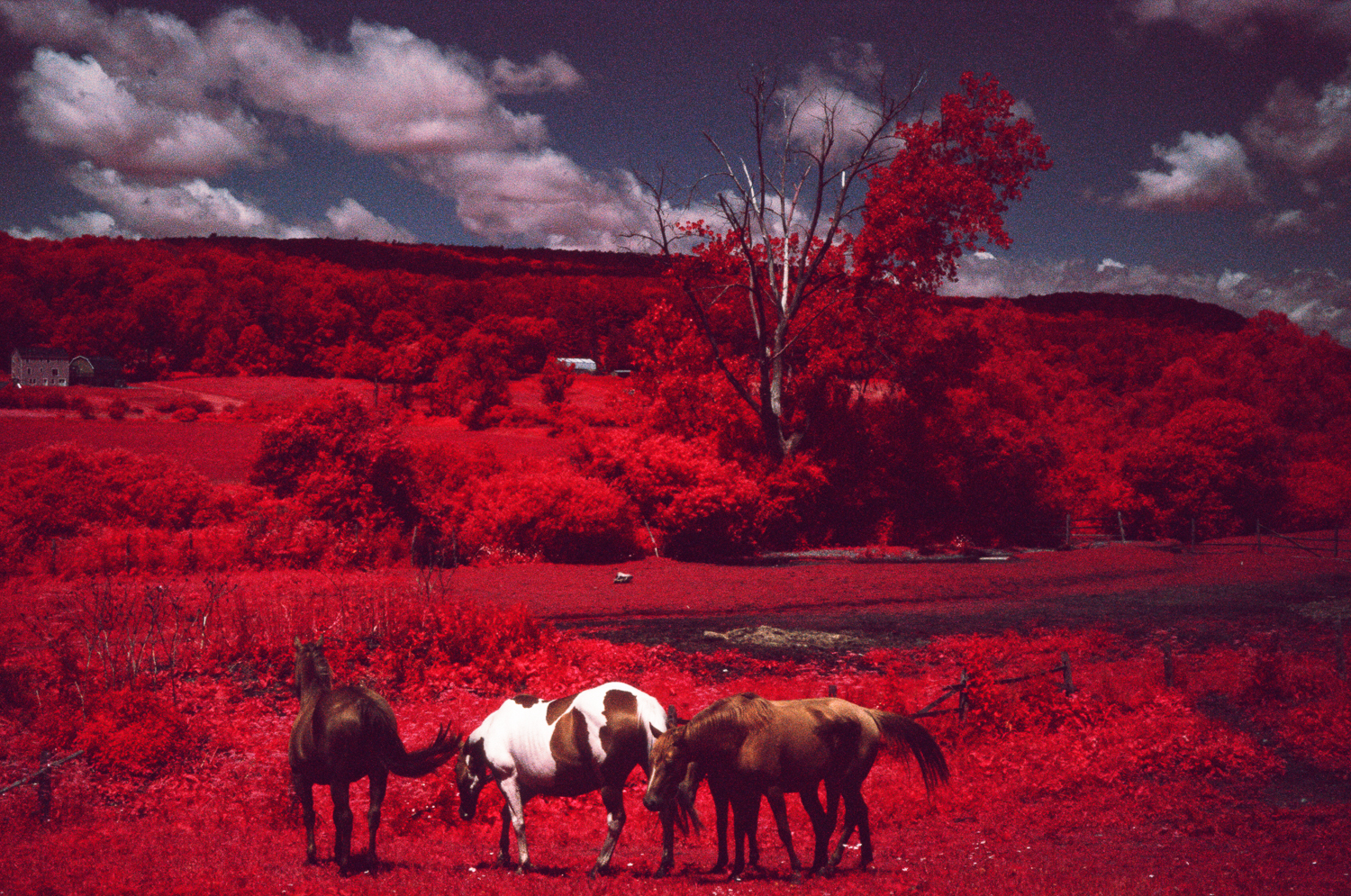
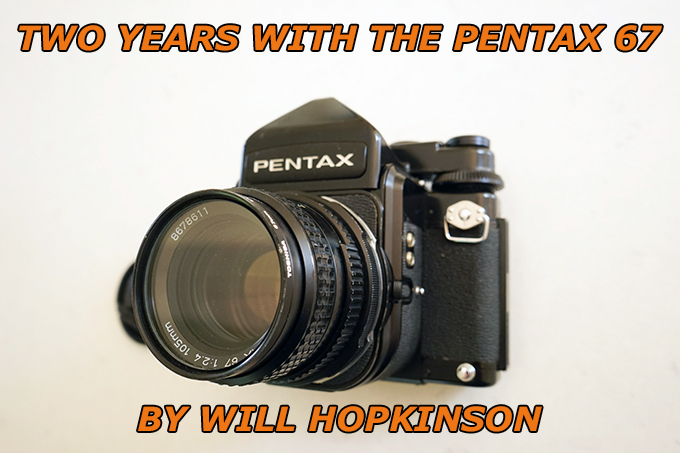
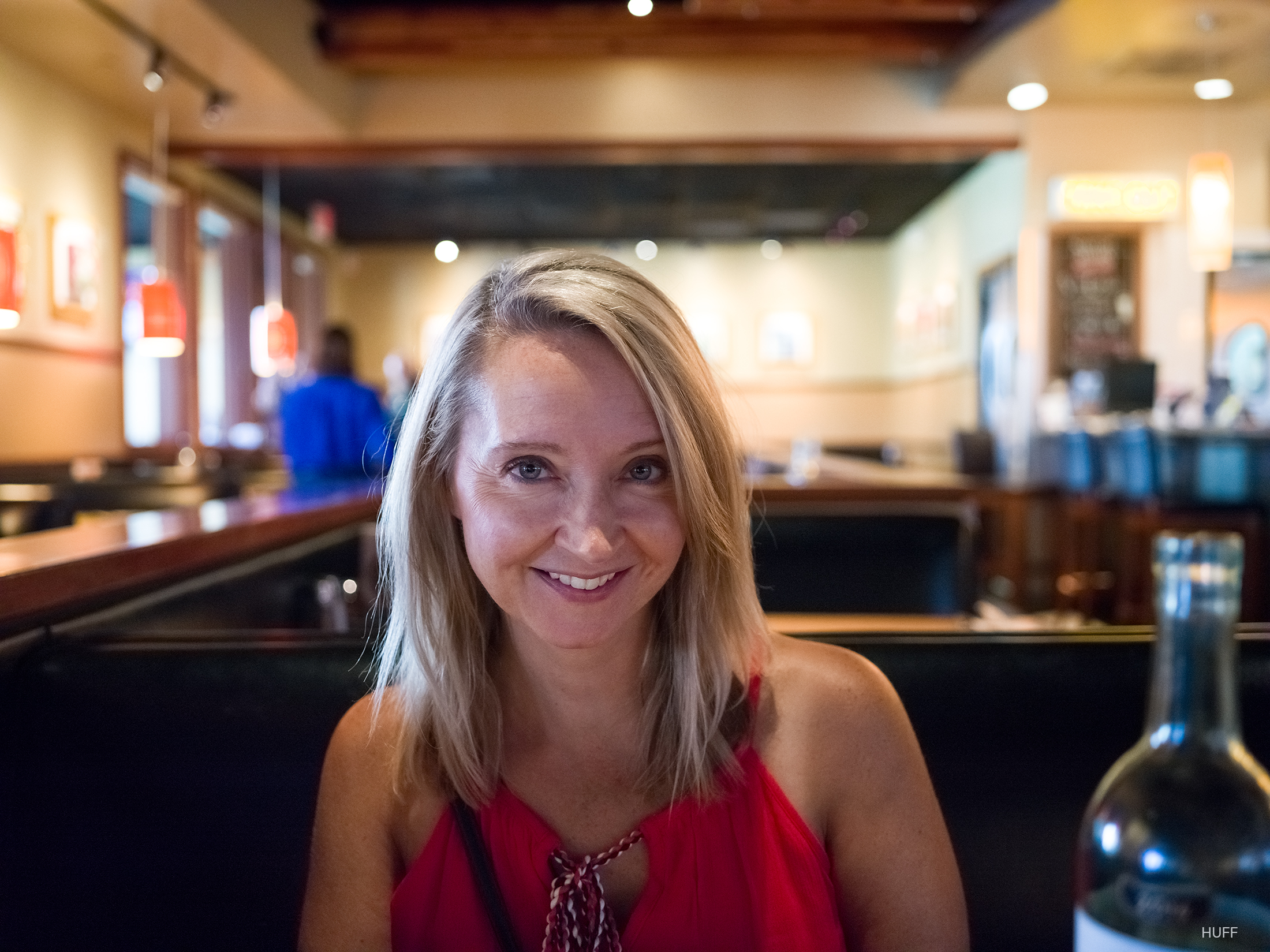
I have a very large Hasselblad V system and use it primarily for black and white fine art, it’s simply fantastic and the 6×6 format is a favorite of mine, been using it my entire career. But, whenever I need to take a digital out to a job it has typically been either a Nikon or a Leica digital body and much to my frustration and unless I was shooting color neg film, the Hasselblad would stay at home.
So in August I checked out a CFV50c back for 10 days, rant it through it’s paces. I loved it and with the exception of going really wide, I even liked the crop factor a lot. So when Hasselblad Bron announced they were dropping the price for a couple of months to under 10k, I got one. I have been using it on commercial jobs and alongside of fine art for three weeks now, awesome back and I feel like I am helping Hasselblad stay in motion incase one day they do make a full frame back for the V.
And finally, I wonder if this installment of a V system digital back might be the last..if that is the case, I am even more glad I got one.
I’m not using an SWC. I have two 503ce bodies.
How did this new back perform on the SWC camera?
Just purchased a CFV-50c for use with my 503cw, 40mm, 60mm, 80mm, 100mm, 120mm, 150mm and 180mm all cfi/cfe. I have been waiting for this for a long time. Getting used to the crop factor is taking some time but so far some fantastic results.
Do you have, or have access to a Hasselblad SWC? I am interested in how this back performs on a SWC. Any information would be appreciated. Thanks.
the resurgence will sadly be short lived, $15,000.gee what could i get for that much money ? a pentax 645z and some lenese or spend a couple thousand on a film scanner for my film i shoot on my hassy and still buy the pentax 645z. dear mr ceo read the reviews from the public it sounds like your selling a car with 3 wheels one driver seat no doors and trying to save your company with this product. selling 3,000 units at 15,000 or selling 100,000 at 6000 a little cheaper cost brings in a bigger group of people
There’s a thing, it is called Phase One. For many years the market leader in digital backs for V-systems. IN a way nothing new under the sun but it is nice to see Hasselblads’ efforts in catching up game.
‘Hasselblad is promising amazing IQ and colors in any light, which is unheard of when it comes to Medium Format as they have always been very limited in this area.’
Oh really? This is so new to me. Perhaps the Hasselblad marketing department should learn the secret powers of Google and they will be amazed to find out what is already present on todays’ market.
Well, for the fun of it I will test this back on my SWC and 501 just to see how it holds up with lens design from the yesteryears. Certainly the price is interesting enough, in the world of MF digital it is considered almost a steal.
I see some comments on the square factor but these backs are no longer made. Phase One had a few and you can find them on the second hand market. There seems no longer a market for this but what the heck, it ain’t rocket science to crop a square out of a 645 format.
How did the back perform with the SWC? That combination in particular (compact MF) might be the only advantage this back has over the new Pentax 645– which appears to be quite large. I understand that the SWC’s lens is not considered a perfect match but it might be perfectly acceptable for the work I do.
Someone explain to me how this back is supposed to work when they advertise it as “Simple operation with no need for external cables (the CFV is the only digital back to offer this for V cameras).” – from their ad copy. If I look at my 500C, I see no other way to trigger the back unless I cable to the sync stub on the lens.
My Hassy has no other way to communicate with this back.
If you look at the old film magazines you see a hole with a tab, which if pressed with a pin (or a match if you try it!) shifts the indicator from white to red as in exposed on the magazines. I think they use this pin in the camera to trigger the digital back.
I have a question for anyone: does Sony make the CMOS sensor for the Leica M Typ 240? If not, who?
Nope, CMOSIS does.
I love and miss the old 500C/M and Zeiss lenses which I used for 30 years – nothing more elegant and precise for film. However, I am too old to schlep medium format – so I am discovering a Sony A7R’s abilities with my Leitz M lenses and getting great images for large 20×30 prints – just about as fine as the old Hassie, plus bokeh with the faster lenses.
Does anybody know if the battery internal? If not, why do product shots for the cfv-50 and cfv-50c backs show them attached to the camera w/o the battery while the backs’ monitors show an active display? Thanks.
It’d be great if the sensor had even larger pixels than any current on market for better low-light performance. An A7S-like or better performance but with more pixels due to the medium format size would be compelling.
I still have my Hasselblad, going on over 20 years, I have watched and waited at least 15 years for this, unfortunately I have not saved $1000 every year for this back, but yeah! All the same! The camera and weight seems like it may be similar to a D800.
Vinson Svetichv
Has anyone considered the Rolleiflex HY6 and digial backs (overkill?) Or, better for me, how about a 56 x56 mm digital Rolleilflex TLR? “Rolleiflex 2.8 D?
Overkill? No, but man those cameras (the Hy6) are beasts to operate, but then again, once I saw what an Imacon scanner could do with 120/220 film, I very quickly forgot about digital capture and spent the rest of the month staring at scanned negatives in amazement.
The Hy6 (if the 6008 is anything to go by) is an ergonomic marvel and beautifully simple to operate.
Really? You thought $15K was cheap given what you expected? I was expecting less than 1/2 that price given you can get a 645Z that has over twice the versatility.
A digital back for my 500C/M should be a stepping stone into digital medium format because you get half the functionality, IMHO. But of course it’s a Hasselblad so you have to pay to play.
Hey Steve, Rollei USA offered you a Hy6 and a new TLR to review but you didn’t get back to them!
You could’ve reviewed a Hy6 with a Digital back – a camera which is superior to this Hasselblad or any Hasselblad for Digital.
They never contacted me at all. If they did I would have taken that offer 100%.
Steve if you check my rolleiflex review Eric says the following: Eric Hiss says:
January 31, 2014 at 11:32 pm
As their US dealer, I’ve got a Hy6 Mod2 demo camera that I’d be happy to send Steve for review. I also have my own personal FW TLR that I’d be happy to send along. I’m in San Francisco, so anyone that would like to check out the Hy6 Mod2 or the new TLR’s just shoot me an e-mail through my site.
Eric Hiss
Rolleiflex USA
http://rolleiflex.us
And Eric’s contacted me few times said you never got in touch
He never contacted me and I never saw that comment, so nope, never heard from him. If I did I would have checked it out 100%!
Hi Steve, he emailed me today saying he’ll contact you and I emailed you at your mac.com address detailing what he wrote and fingers crossed we’ll be able to enjoy a Rolleflex Hy6 (or TLR) review by yourself of this almost unknown camera.
Have you or anyone seen Finding Vivian Maier on the Cinema recently?
http://www.imdb.com/title/tt2714900/
Rolleiflex prominent in this acclaimed Documentary about this Great Photographic artist.
Sounds great and yes, I saw the Vivian Maier film a while ago, loved it!
Or an older Film, but very good:
http://www.veoh.com/watch/v70590131KFPFjY7N?h1=BBC+Imagine+%282013%29+Vivian+Maier+-+Who+Took+Nannys+Pictures
I loved Hasselblad film series cameras. In fact just did flickr search 503 CW and this photos are way better from any other camera. They look very high resolution and detailed with lovely dof. Don’t like the 35mm crop frame 1,5. And the colors are soo wunderbar. Digital from Hasselblad is off my price range anyways.
Dad shoots with a 25k set up and the son has maybe as much fun with a USD 3 FF camera, entertaining and great information at the same time. Love it.
Another advertorial? Remember the criticism leveled against “reviewers” that didn’t even handle the camera in question.
I just hope/dream/wish they reinstate the V with a new design (that looks identical, or as identical as permits) and a new range of ZEISS lenses that is up to modern digital standards.
Why ? Don’t you thing we get whatever is needed with actual Hasselblad V ?
I don’t feel the need for something newer.
If you want to get even better results, try a Fuji 6×9, that camera rocks !
Because the lenses and bodies where not designed and made in an era that super fine tolerances that todays high res digital backs require.
I don’t see the point adding a digital back to those cameras anyway, they work brilliant with film, they were intended for that and should stay with that.
You can get newer digital Hassy or Rollei or Mamiya aso that are already made for digital if digital is what you seek…
It’s not what I seek. I prefer the Zeiss lenses and the camera is iconic and the perfect design. I have worked with 500 and 200 series Hasselblads for 20 years and love them but they are not up to scratch for high res digital. I have a hasselblad H and it’s sharp but boring and a pig to use. I don’t like the Mamiya, Rollei is good but there is no telling of it’s future and you can’t put a Phase One IQ back on it.
Dear Dan,
The Zeiss lenses are still modern. Carl Zeiss never believes in Autofocus lenses same with Leica M lenses if one knows how to use them properly believe me you don’t need autofocus lenses.
Regards,
Irfan
I would really rather see a true 56x56mm sensor with a lower megapixel count – perhaps 30 or so – optimised for low-noise 50-800 ISO, by all means a CCD sensor. This whole crazy high megapixel count thing is generally only relevant for very large prints, where even 24MP is sufficient for most applications. Meanwhile the *true* advantage of shooting a Hasselblad – or any 6×6 camera – lies in the actual relation to sensor/film size versus lens focal length: more easily controlled – and generally lower – depth of field at any given field of view. This allows me to select the lenses’ optimum aperture and still obtain lovely creamy bokeh. Pokey little Leica S-sized “MF” sensors force me to use a shorter focal length in order to obtain any given field of view, with all the weird distortion behaviour that that entails. No thank you. I’ll stick to film and an enlarger until the digital “MF” people figure this out. Meanwhile: why do I want *lower* ISOs? So that I can use strobes with a wider aperture without resorting to ND filters. 800 is about as high as I’d ever want to go for landscape work, and 50 is just right for the studio.
Hasselblad was large waist level finder, larger negatives and slides (and Polaroids) on the light table which nowadays we can emulate with any digital camera. I am not sure whether the little extra sensor area over 24x36mm justifies the cost, even less with old glass for “full frame” 56x56mm. APS-C and 24x36mm DSLR will get more frequent updates of sensors and in-camera image processing.
I think I remember reading somewhere that the larger the sensor, the more ‘risk’ there is of finding ‘dead’ pixels, and you can’t ‘prove’ which ones are dead until further along the process of fabricating the sensor, raising the cost of each unit. I have a 500cm with a s/hand 20mp back on it; It’s power hungry, and doesn’t seem to have the facility of storing your ISO and date settings on it, at a reduced level of consumption. so it becomes a bit of a pain in the butt if you take out the battery to conserve the life of the battery. It’s ok in a ‘studio’ type environment where you can run it ‘tethered’ to the charger. The way you handle a 500, looking down into it, and the controls layout, are what I like about it. Not using the w/level finder, ends up making it it a pretty bulky beast. There is also the issue of the cable between the back and the flash sync socket on the lens getting in the way. However, the beauty of having an interchangeable back, is that it offers a level of upgrade ability that just doesn’t come with any format I’m aware of, for 35mm or smaller formats. Yes, I would concede that the Rollie TLR’s and rarely seen models newer than that, are better made, but I’ve never seen one, whilst actually tracking one down, to buy, would be one hell of a challenge!
You seem to have completely forgotten about the Pentax 645Z. Exact same sensor, same high ISO performance (so it’s not “unheard of” as you said – this is a copy, in fact). Plus it’s less than half the price.
No, did not forget..at all. But the Pentax is nothing quite like shooting with a 501C type of camera. Much different experience. The Pentax will be similar to the 645D but with the new sensor. Better bang for the buck, yea..but not quite the same type of experience.
Very interesting release and Im sure it will take stunning photos….but for me it would take away a lot of the reasons I shoot the my 500cm in the first place. I love the look/variety of film, I enjoy not being able to see the result on an LCD 1 sec after I take it, and waiting overnight or a few days for my film lab to develop it. Scanning and optimizing the file myself. Shooting MF film has helped to slow down my photography by focusing on every frame, which in turn has helped to grow my appreciation for a good image and my skill.
I don’t have $14K to spend, but even if I did Im not sure I would add this to my V series kit.
Steve I will be brief you are so right, well said good luck Hasselblad !
I’d rather buy an Imacon X1 or X5 for this price… and keep using Portra film (!).
At least the Imacon can help me get insane scans of all my 120 roll films 🙂
So much yes!
another box, another tool, another thing that won’t make your photography any better. As long as you feel en-lightened. 😉
So many discussions on this..if that is the case we should all just use our phones, right? Or better yet, a brownie. The fact is that certain camera FORMATS do indeed make a difference in the look, feel and capabilities of what is possible with such cameras. A P&S will have no real shallow DOF and sometimes look hard edged. A Micro 4/3 is a balance between APS-C and 1″ sensors and APS-C gives a different look than full frame. Medium Format will give a much different look and feel all together than any of these, so you can create totally different image styles. Same goes for a camera like the Sony A7s..with the insane capabilities I can now shoot in places that I could never shoot, thus, opening up all kinds of things. Cameras DO make a difference and those who say they do not really do not know what they are talking about. Of course, a camera will not make you an instant artist or even make you any better than you already are, but they can open up new possibilities and styles, therefore expanding on your artistic vision.
+1 Steve!
Yes, it’s tough to call a MF digital Hasselblad just another tool!
Though I’m really curious if the difference between this 44 x 33 mm MF sensor and a Nikon D810 will be that noticeable.
Can I double +1 Steve’s comments? I shoot everything from medium format rangefinders to my cellphone… and the results change with the format. I’d add that it is not just the camera but the lenses you have that matter — you do things quite differently with the slower medium format than with fast lenses at 35 mm or digital.
The trouble is you can only carry so much at once 🙂
This sensor has nothing to do with old square format! It is far to smal: just 43.8 x 32.9
Rumors abound that both Sony and Fujifilm will have medium format offerings in the very near future, and I would bet on their MF models bringing prices down just as Sony has done with their FX line up. That’s what I’m hoping for.
“the most gorgeous and classic medium format FILM camera ever made”
After the Rolleiflex range of course…
😉
p.s. didn’t Pentax just release a killer MF CMOS digital system for a lot less than this Hasselblad? The 645Z for about $9K. Steve, any chance you can get one of those to test? B&H will carry them (August release date)
Sounds fantastic! “6×6” would be nice. Does it have LiveView, having a CMOS sensor?
No live view, which is one of the knocks being leveled against it.
Presumably it will have live view if tethered?
“Additional features in the CFV–50c include a proprietary live-view mode”
And hasselblad needs to introduce both a v series 502 and 206F alongside the square sensor
next model Sony 9 and 9r are medium format mirrorless cameras..
Sony needs to push these CMOS sensors up to 56 x 56mm so we can have a true 6×6 again.
Yes you are right the I also miss the 6*6 format.
I wonder when are we going to have this digital back?
The CMOS sensor is 20% smaller than CFV 50 CCD sensor which again challenges our thoughts of having 6*6 digital backs.
Graphically and Wide angle wise CCD is much better than CMOS sensors only problem is of speed. There is also not much problem of noise even at 800 ASA because on has to process image through Phocus the software from Hasselblad for digital cameras.
I have both the backs and I find CCD much better than CMOS. The CCD images are more like film.
Thanks & regards,
Irfan
Well… 43.8 x 32.9 mm is not really the same as 56x56mm. In fact the crop in all those medium format digital backs is quite brutal. Not to mention its not a square any more.
I call it taking a step in the right direction!
it’s like having the best of both worlds, but in one package